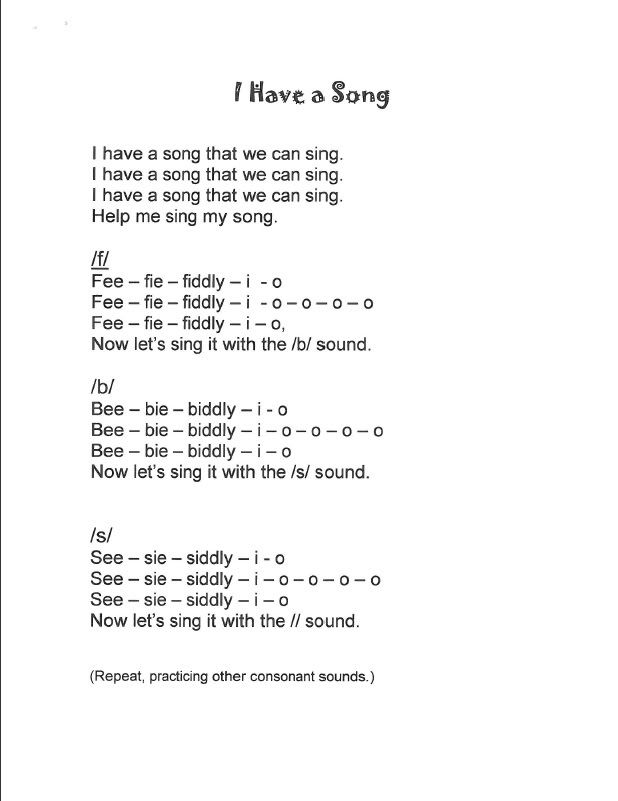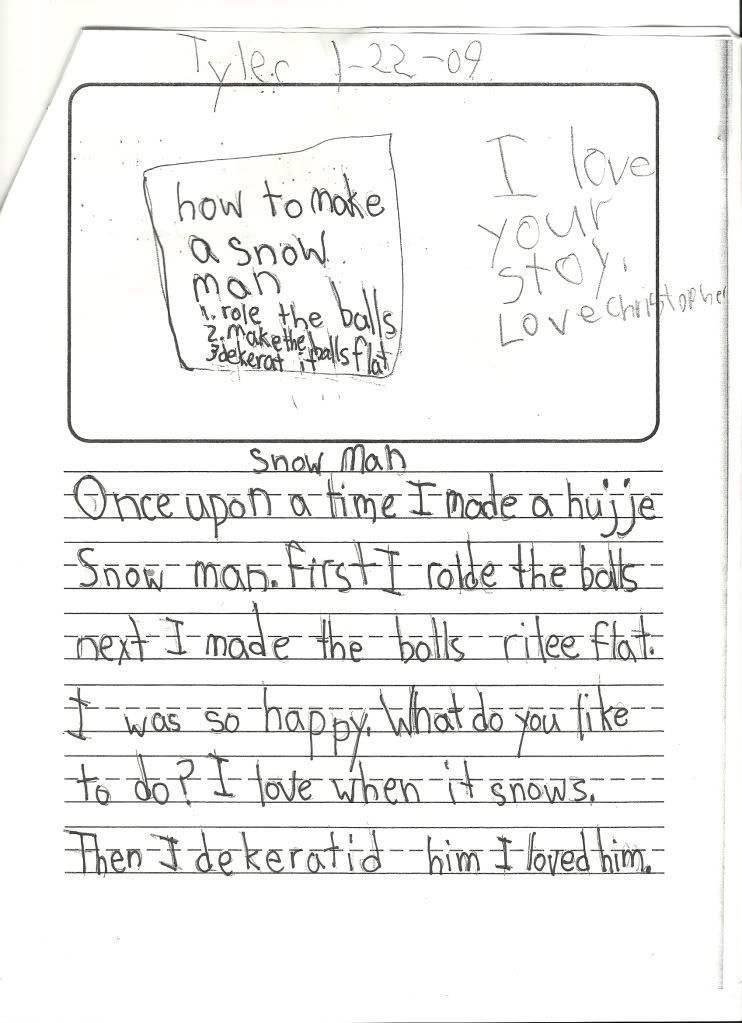These ideas will help children get started writing poetry
of their own.
* By reading poetry on a regular basis you are exposing children to the language of poetry--a crucial first step in preparing them to write poems of their own.* Children will be most successful at writing poetry if they concentrate on getting their thoughts and feelings on paper without having to worry agbout rhyme. So be sure to include lots of unrhymed poetry when you choosing selections to share with your students.
* Modeling is the key to getting children to write. Just becuase children have heard, read, sung, and illustrated poems doesn't mean they are ready to start writing poety.
Ease them into the writing process by first modeling how to write a poem. For beginning or reluctant writers, it is helpful to use a frame (see example of a frame below).
* Write collaborative poems with students. Jot down students' ideas and contributions on the board or a chart, and decide together which words, phrases, and sentences to use in the final poem.
* Have children work in small groups repeat the process above and write a poem without your help.
* These experiences will give students the skills and confidence they need to write poems of their own.
Poetry Frames
Simile Poem Example
As ____ as a ______. As dark as a closet.
As ____ as a ______. As big as a mountain.
As ____ as a ______. As gloomy as a cold basement.
Is a ______________. Is a rain cloud ready to burst.
People Poem Example
________ (who?) My Grandpa Joe
______ and ______ Funny and loving.
__________(action) Helps me plant a garden.
As ____ as _____ As smart as a genius.
If only _________ If only he could live closer!









